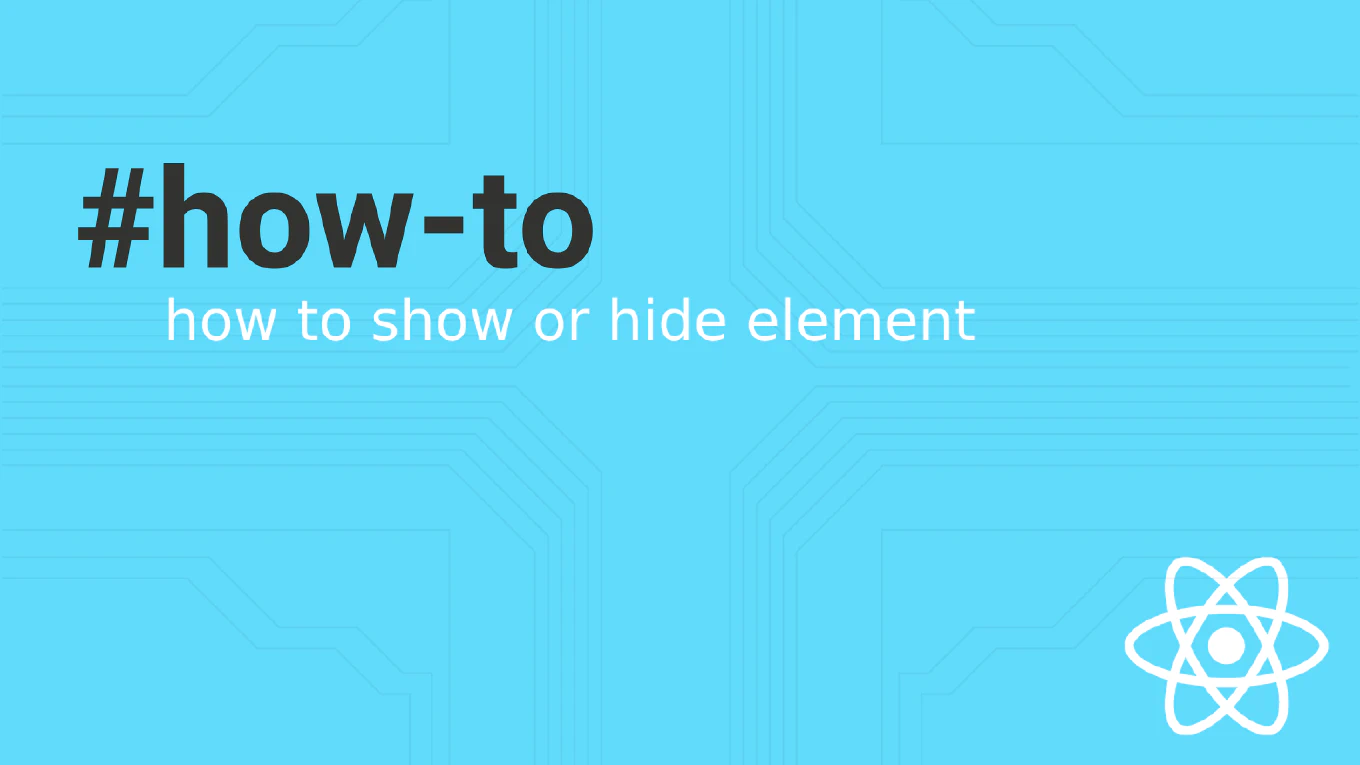How to use Apollo Server in Node.js
Setting up GraphQL APIs with Apollo Server provides a powerful alternative to REST APIs, offering better performance and flexibility for modern applications. As the creator of CoreUI with 25 years of development experience, I’ve implemented Apollo Server in numerous enterprise projects. The most efficient approach is using Apollo Server Express integration, which provides seamless GraphQL endpoint creation with built-in schema validation and query execution. This setup enables type-safe API development with excellent developer tools.
How to Respond with JSON in Node.js Server
As the creator of CoreUI and with over 25 years of software development experience, I’ll show you how to properly send JSON responses from a Node.js server.
How to create a simple HTTP server in Node.js
Creating HTTP servers is fundamental for building web applications, APIs, and backend services with Node.js for modern web development.
As the creator of CoreUI, a widely used open-source UI library, I’ve built numerous Node.js servers to support CoreUI demos, documentation sites, and enterprise backend services.
From my expertise, the most straightforward approach is to use Node.js’s built-in http module with createServer() method.
This method provides direct control over request handling and is perfect for understanding server fundamentals before moving to frameworks like Express.



